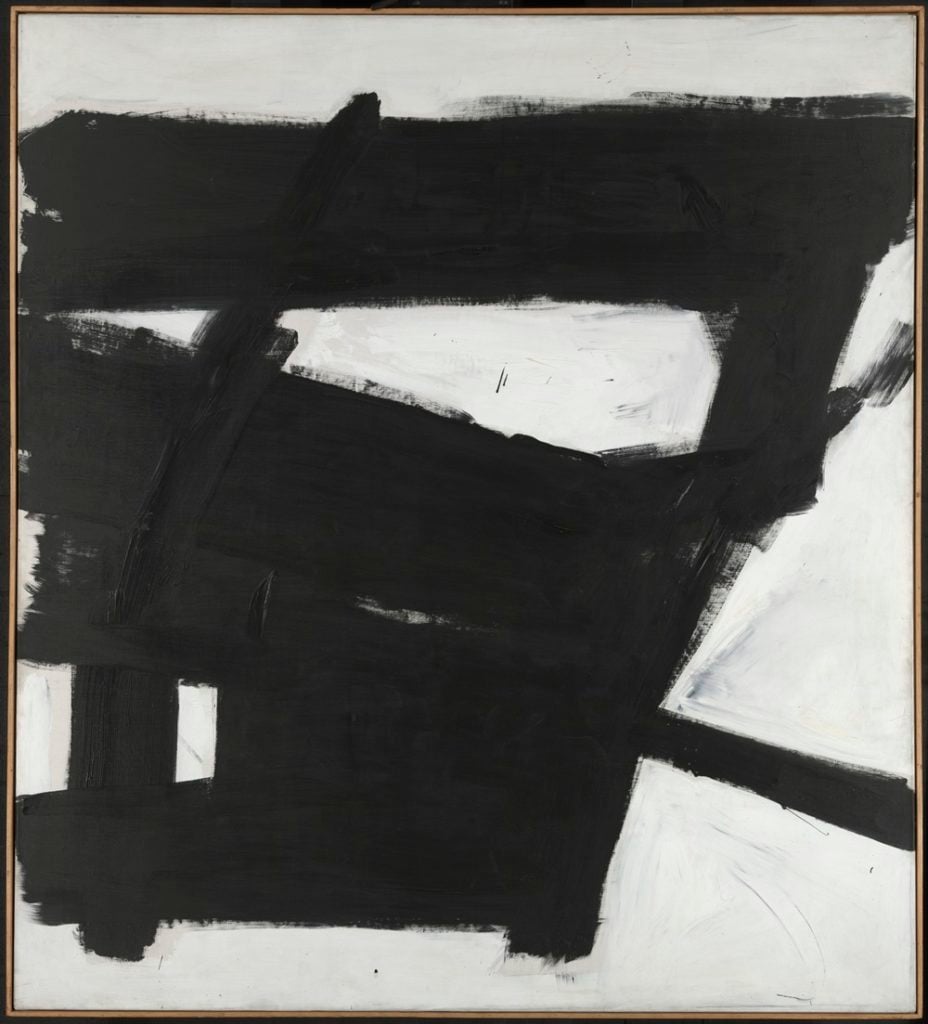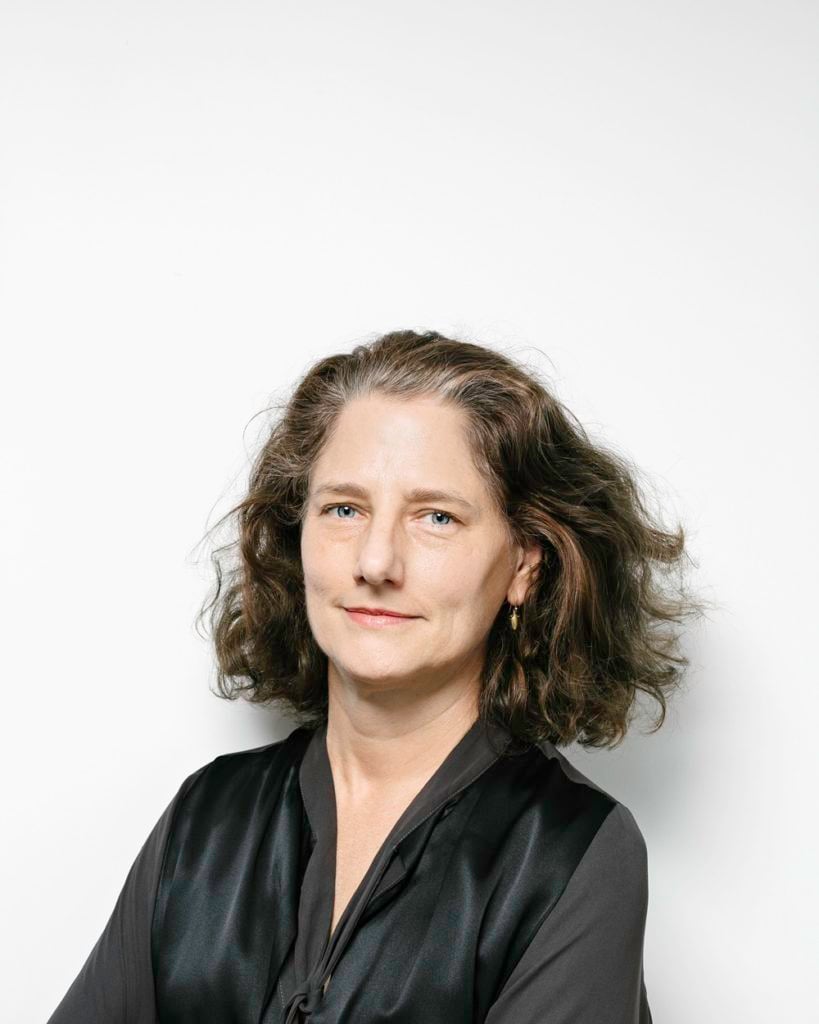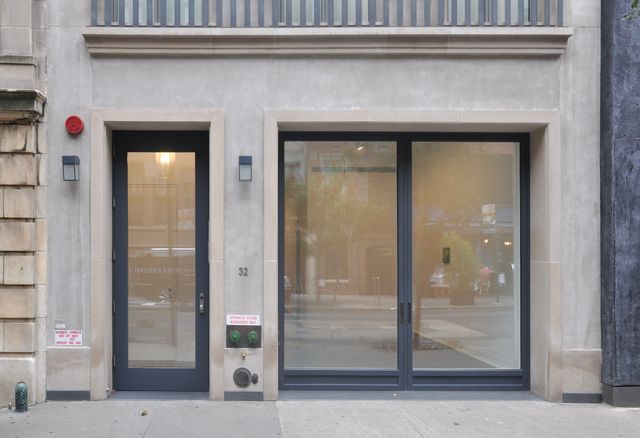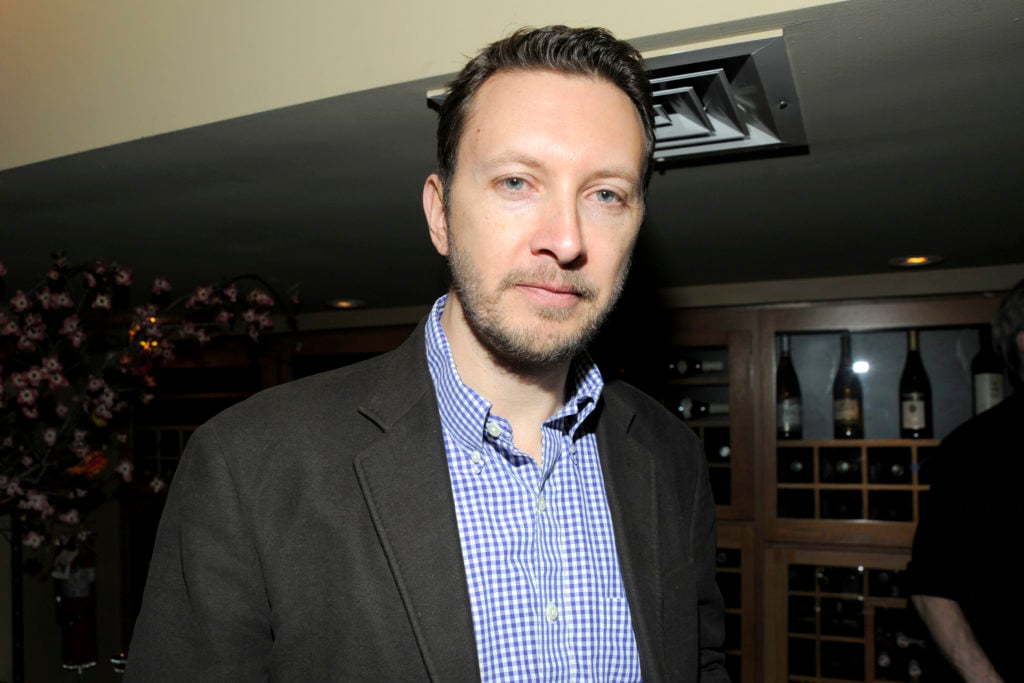|
|---|
Galleries
Hauser & Wirth Already Has a Restaurant, Bookstore, and Magazine. Now It’s Launching a Nonprofit Research Institute as Well
A Franz Kline catalogue raisonne is among the first initiatives.

Hauser & Wirth just took a big step forward in its transformation from a gallery into something that’s looking more and more like a museum. The Swiss mega-gallery is launching an independent nonprofit organization to focus on art historical research and the preservation of artists’ archives. The new Hauser & Wirth Institute, as it is being called, will be led by Jennifer Gross, who was previously chief curator and deputy director of the DeCordova Sculpture Park and Museum in Lincoln, Massachusetts. Prior to that, she was curator of modern and contemporary art at the Yale University Art Gallery.
The initiative is billing itself as “wholly independent nonprofit institute,” but it is funded by the gallery and governed by a board of directors that includes gallery co-founder Iwan Wirth as chair, gallery director Marc Payot as treasurer, Grey Art Gallery director Lynn Gumpert as secretary, lawyer David Shevlin, as well as Gross. The board will accept guidance from an independent advisory board comprised of artists, advisors, scholars, and archivists.
Because there are five board members, Wirth and Payot do not have a majority vote, Gross told artnet News. “All of the product is toward the public good and there is no outgrowth of our work that services gallery initiatives,” she said. “We will support projects that include gallery estates, but the product will be public resources.”
The inaugural initiatives announced today include an online catalogue raisonné of Franz Kline‘s paintings from 1950 to 1962, done in cooperation with the artist’s estate. Though Hauser & Wirth does not represent the estate, the Hauser & Wirth Institute provided funding to the Archives of American Art at the Smithsonian Institution to catalogue and digitize the Kline archive in order to realize the project. The institute will also work with the estate of Jason Rhoades, which it co-represents with David Zwirner, to catalogue and create an online portal to the collected materials of his archive, enabling free and open access to it for the first time.

Jennifer Gross, executive director of the Hauser & Wirth Institute. Photo by Axel Dupeux, courtesy of Hauser & Wirth.
Other initiatives supported by the institute include $50,000 fellowships for pre-doctoral, post-doctoral, and senior scholars. For 2018, the fellowships have been awarded to Melissa Rachleff, an associate professor of arts administration at New York University; Robert Slifkin, associate professor of fine arts at New York University; and curator and writer Philip Larratt-Smith, who is researching Louise Bourgeois‘s psychoanalytic writing for publication.
In spring of 2019, the institute will host the first of a series of symposia focused on managing artists’ archives.
Although the institute received only just its non-profit status this past summer and recently finalized the advisory board, it was established in New York in 2016 as a think tank.
Follow artnet News on Facebook:
Want to stay ahead of the art world? Subscribe to our newsletter to get the breaking news, eye-opening interviews, and incisive critical takes that drive the conversation forward.
SHARE





No comments:
Post a Comment